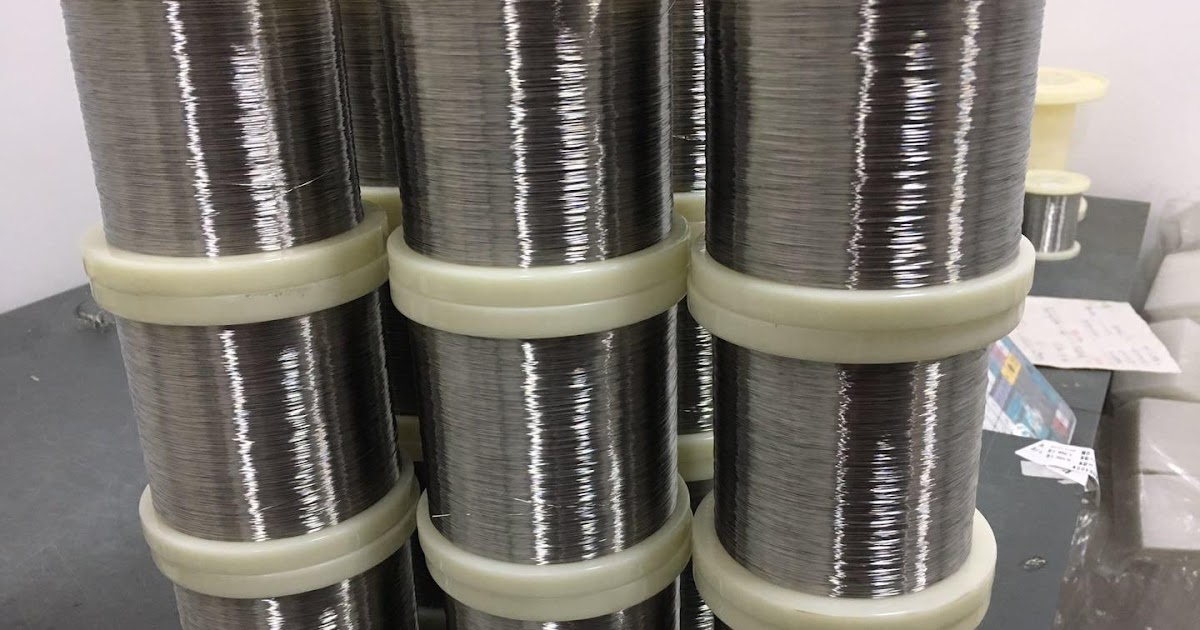Packaging plays an essential role in today’s world as it protects products from damage during storage, handling and transportation. However, the conventional plastic and non-biodegradable packaging materials have severe environmental impacts. This has raised significant concerns about sustainability. There is a growing need to adopt green and sustainable packaging solutions that cause minimum harm to the environment.
Green packaging refers to packaging materials and technologies that minimize environmental impacts throughout the life cycle of the package – from production and use to reuse, recycling and final disposal. Some key attributes of green packaging include:
– Use of renewable and recycled content: Materials like paper, cardboard, sugarcane bagasse etc. come from renewable plant sources. Similarly, use of recycled content reduces the consumption of virgin materials.
– Biodegradability and compostability: Packaging made from items like paper, some plastics, leaves etc. break down and decompose within a short span when disposed without polluting the environment.
– Lightweighting: Designing Green Packaging that uses minimum materials needed to protect the product helps reduce the environmental footprint. Lightweighting can be achieved through downgauging, material substitution etc.
– Reusability and recyclability: Packaging should be designed to facilitate reuse of containers and efficient recycling of materials at end-of-life. Use of mono-materials also enhances recyclability.
– Sustainable sourcing: Procurement of packaging materials and components from sustainably managed forests and farms has extensive environmental benefits.
Benefits of Green Packaging
Adopting green packaging brings about significant environmental and business benefits:
Reduced carbon footprint: With use of renewable, recycled and biodegradable materials, green packaging lowers greenhouse gas emissions across the value chain compared to conventional packaging.
– Waste reduction: As green packaging breaks down quickly in nature without toxic residues, it minimizes plastic pollution and reduces waste sent to landfills. Compostable packaging turns waste into a useful compost.
– Cost savings: Lightweighting helps lower raw material and transportation costs. Recyclable packaging lowers disposal and recycling costs while revenues are generated from sale of recyclates.
– Compliance with regulations: Many countries and organizations have imposed bans or restrictions on single-use plastic packaging. Green packaging adheres to these evolving regulations.
– Brand enhancement: Consumers increasingly prefer brands using sustainable packaging indicating their green credentials and values like corporate responsibility and environmental friendliness. This enhances brand loyalty and reputation.
– New market opportunities: Many companies specialize in green packaging solutions, technologies, recycling and composting services opening up new areas of strategic partnerships, sourcing and revenue streams.
Challenges in Adoption
However, widespread adoption of green packaging still faces certain challenges:
– Higher costs: Sustainable materials like recyclable plastics, paper, compostable polymers are currently more expensive than virgin plastics. Recycling infrastructure also demands large investments.
– Performance limitations: Alternative materials may have lower strength, barrier properties and shelf-life compared to plastics posing risks of damage and product wastage.
– Lack of standards: There are no comprehensive and consistent standards and certifications globally to define recyclable, compostable, biodegradable etc. This creates confusion among consumers and supply chain.
– Limited recycling systems: Most countries still lack efficient collection, sorting and recycling systems for used packaging on a large scale hampering realization of full environmental benefits from recyclable materials.
– Consumer awareness: Consumers have low comprehension of complex sustainability claims and labeling on packaging. Their purchase decisions are also influenced more by price, appearance and brand image over environmental factors.
– Resistance from manufacturers: Transition to sustainable packaging requires changes in design, costs, sourcing, processes etc. facing initial reluctance especially from smaller companies with financial and skills constraints.
Role of Stakeholders
Collective and coordinated efforts are required by all stakeholders for widespread adoption of Green Packaging:
– Regulators need to set clear sustainability standards, extended producer responsibility guidelines, incentives for recycling infrastructure and demand for green materials.
– Manufacturers must commit investments in R&D, develop eco-friendly packaging/recycling solutions and collaborate with value chain partners for integrated sustainability.
– Retailers have a role in vendor compliance, take-back schemes, consumer awareness campaigns and passing costs to customers.
– Recyclers should expand collection, sorting facilities and work with regulators to develop waste management systems.
– communities can participate through waste segregation at source and responsibly using neighborhood waste collection.
– NGOs and media build pressure through campaigns while also partnering with industry for synergistic actions.
– Individual actions like repurposing, sustainable purchases and responsible disposal habits create the required social change and support.
With concerted efforts from all quarters, green packaging has huge potential to become mainstream while balancing environmental protection and business needs in a holistic way. Though challenging, the benefits warrant persistent actions from stakeholders towards this vital sustainability transition.
Relentless consumption and improper disposal of plastic and non-biodegradable packaging have severely damaged our fragile ecology. A shift to green, recyclable and compostable packaging is an environmental necessity today. While barriers persist, opportunities also exist with innovation, partnerships and global cooperation. All stakeholders must come together for ensuring a sustainable future through responsible packaging choices that preserve our resources for generations to come.
*Note:
1. Source: Coherent Market Insights, Public sources, Desk research
2. We have leveraged AI tools to mine information and compile it




